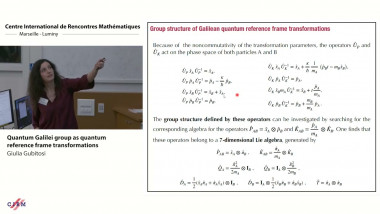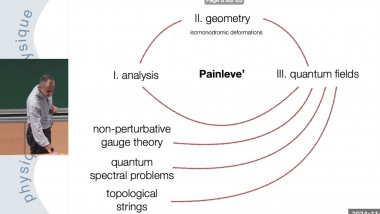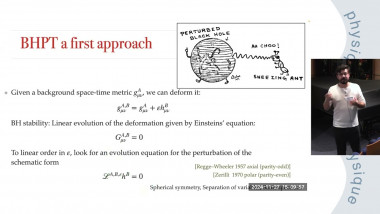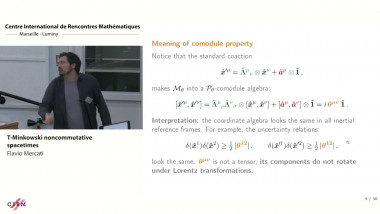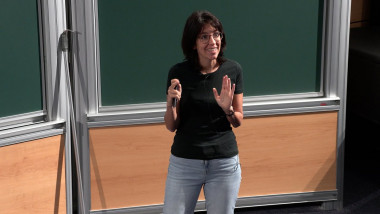Apparaît dans la collection : 2019 - T3 - WS1 - Nonlinear and stochastic methods in climate and geophysical fluid dynamics
H. Poincaré already raised doubts about the predictability of weather due to the divergence of orbits of dynamical systems associated more recently with chaos. Progress in the theory of nonlinear, deterministic dynamical systems (DDS theory), on the one hand, and the highly ingenious and somewhat independent work of E.N. Lorenz, on the other, justified Poincaré’s early doubts. The theory of autonomous DDSs, with time-independent forcing and coefficients, provided a solid mathematical basis for much of the work on weather predictability over several decades.
More recently, an interesting and highly stimulating convergence occurred between studies of climate predictability, on the one hand, and the development of the theory of nonautonomous and random dynamical systems (NDS and RDS), on the other. While the diurnal and the seasonal cycle of insolation played a more limited role in weather predictability for 10–15 days, it was impossible to ignore the role of the seasonal cycle and of anthropogenic effects in climate predictability for years to decades.
At the same time, the theory of purely deterministic, skew product flows, as well as that of RDSs, incorporated time-dependent forcing and coefficients and took huge mathematical strides, including the rigorous formulation and application of pullback attractors. A parallel development in the physical literature formulated and applied in a more intuitive fashion the closely related concept of snapshot attractors.
These mathematical and physical advances were seized upon by several groups of researchers interested in climate modeling and predictability. In this talk, I will try to present some of the mathematical background, as well as some of the applications to the climate sciences. These will include, as time permits, (i) the use of pullback and snapshot attractors for the proper understanding of the effects of time-dependent forcing, both deterministic and stochastic, natural as well as anthropogenic, upon intrinsic climate variability; (ii) the use of Wasserstein distance between time-dependent invariant measures to estimate these effects; (iii) the topological aspects of nonautonomous effects upon the intrinsic variability; and (iv) a “grand unification” between the nonlinear, deterministic and autonomous point of view espoused by E.N. Lorenz and the linear, stochastically driven one of K. Hasselmann.
This talk reflects joint work with G. Charó, M.D. Chekroun, A. DiGarbo, Y. Feliks, S. Galatolo, F.-F. Jin, D. Kondrashov, V. Lucarini, L. Marangio, J.D. Neelin, S. Pierini, D. Sciamarella, E. Simonnet, Y. Sato, J. Sedro, L. Sushama, and I. Zaliapin.
